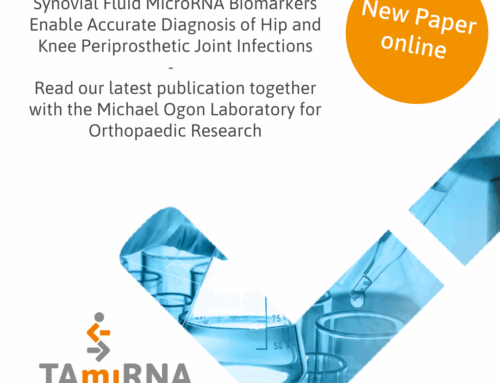Sepsis drives profound microvascular injury, particularly in the kidney. But how do microRNAs (miRNAs) – the small regulators of gene expression – respond within distinct vascular compartments during this insult?
A new study by Luxen et al. published in Scientific Reports on October 2nd 2025 takes on this question using a clever methodological combination: laser microdissection (LMD) of microvascular subregions (arterioles, glomeruli, capillaries, postcapillary venules) followed by small RNA sequencing using TAmiRNA´s miND® workflow for highly sensitive and quantitative microRNA analysis.
Why this approach matters
- Traditional microRNA profiling of whole tissues obscures spatial heterogeneity.
- With LMD, the authors could precisely isolate defined microvascular zones from kidney sections.
- Even with the tiny RNA yields from these isolated compartments, the authors successfully constructed small RNA libraries and determined differential microRNA expression.
- The result: clear, compartment-specific miRNA “fingerprints” of sepsis and the ability to see which microRNAs are shared across compartments.
Key findings at a glance
- They identified ~ 40 microRNAs whose expression changes after cecal ligation and puncture (CLP, a mouse sepsis model) in at least one microvascular compartment.
- Most of those microRNAs showed compartment-specific regulation — e.g. altered only in glomeruli, or only in postcapillary venules.
- One standout exception: miR-21-5p was upregulated across all microvascular compartments.
- Functional follow-up in human endothelial cells (HUVECs) suggested that miR-21-5p helps to dampen inflammatory responses (e.g. reducing adhesion molecule and cytokine expression) under stress.
- In human kidney biopsies and plasma from sepsis-AKI patients, elevated miR-21-5p was also detectable, supporting translational relevance.
Why this is exciting for microRNA and vascular biology
- It demonstrates that high spatial resolution in microRNA profiling uncovers heterogeneity invisible in bulk tissue assays.
- It points to miR-21-5p as a central microvascular microRNA response hub in sepsis—potentially both a biomarker and a therapeutic target.
- The methodology sets a precedent: LMD + small RNA-Seq is broadly applicable to many organs, diseases, and vascular niches.












